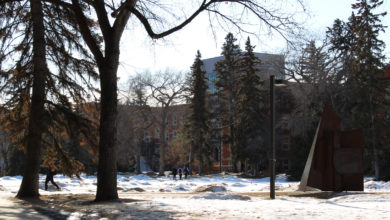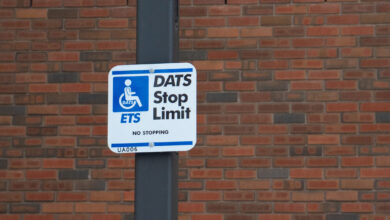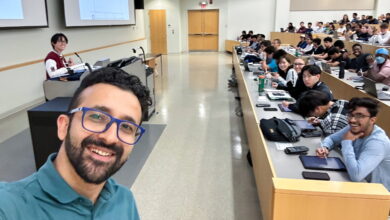Alberta Youth Employment Incentive aims to address youth unemployment
The provincial government announced a program to address the rising rates of youth unemployment with an incentive advocated for by the UASU.
 Richard Siemens
Richard SiemensTo address the rise of Alberta’s youth unemployment, the Government of Alberta has released an $8 million incentive that was advocated for by the University of Alberta Student’s Union (UASU).
In August, the unemployment rate for youth aged 15–24 in Alberta was 17 per cent. To combat this, the Alberta government has launched the Alberta Youth Employment Incentive.
This incentive will provide grants to employers that will help with the cost of employing youth between the ages of 15–24. Employers can receive $4,000 for hiring one to two youth for at least 400 hours, or $7,500 for hiring three to five youth for at least 750 hours.
The UASU began pushing a draft proposal for student employment incentives in May. UASU President Pedro Almeida believes this is a step in the right direction for supporting student employment.
“By adding to the supply of jobs here in Alberta, it can help loosen the pressure that students face,” Almeida said.
Almeida and Vice-president (external) Abdul Abbasi wrote the proposal to the government, with input from Vice-president (operations and finance) Nathan Thiessen. The UASU executives pushed the idea at events, including the Alberta Next Panel.
“It was really important to us to have different people attend [Alberta Next Panels] so that we could keep the momentum of different voices bringing the attention to youth and employment,” Almeida said.
The UASU also said it had consistent communication with the Minister of Advanced Education Myles McDougall and the Minister of Jobs, Economy, Trade and Immigration Joseph Schow.
The incentive is “a good first step,” Almeida says
Although not identical to the proposal, the finalized incentive strongly resembled the UASU’s push, according to Almeida.
The incentive is “not the magic wand that’s going to fix the entire issue,” Almeida said, “but it’s a good first step.”
Unlike the Summer Temporary Employment Program (STEP), this program will run all year. The jobs don’t have to be full time, and aim to be flexible due to the busy schedule of students. Since combined hours across multiple students qualify for the subsidy, it also allows employers to be more flexible and promotes hiring. A year-round job could benefit students, according to Almeida.
Not every grant-funded job may go to students at the U of A. However, more jobs could ease labour market pressure and lower student unemployment. The goal of this incentive is not specifically short-term survival jobs, or long-term career building opportunities, but a mix of both.
Although an increase in employment alone won’t make basic necessities more affordable, it’s a step in the right direction, according to Almeida.
“Each of these values kind of come together to create the compounding effect of affordability that we have,” Almeida said.
The UASU saw this incentive program as a victory for student advocacy. Almeida and the vice-presidents began circulating their draft of an incentive program in May along with other student associations. Almeida believes that the advocacy of the UASU played a role in the incentive being provided by the government.




